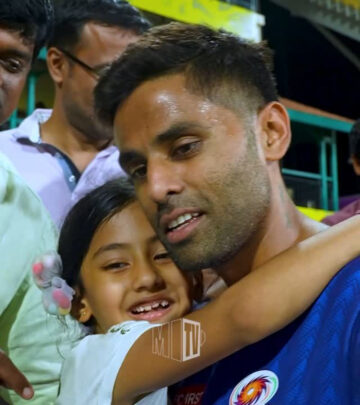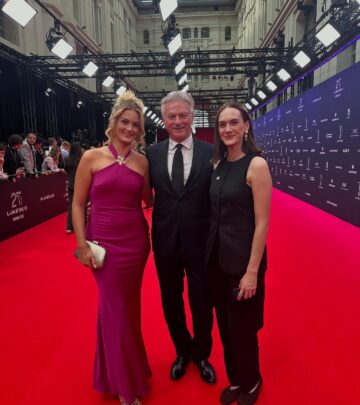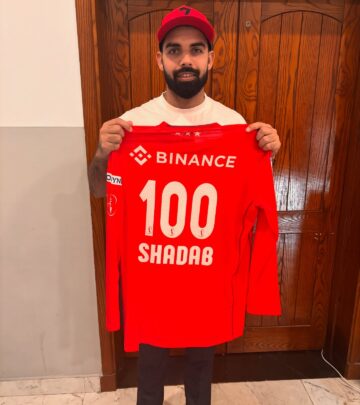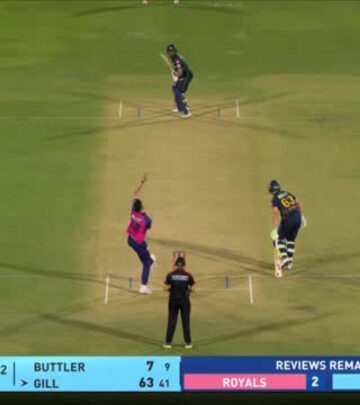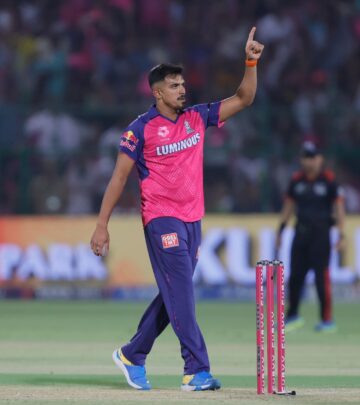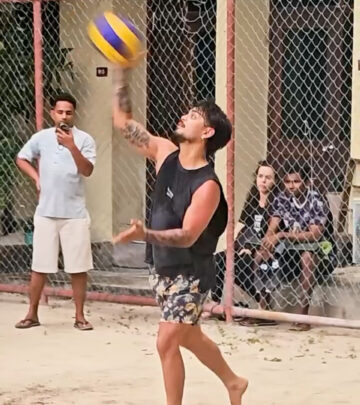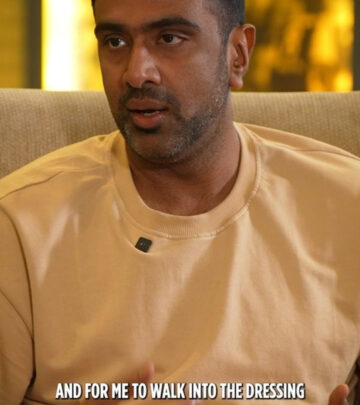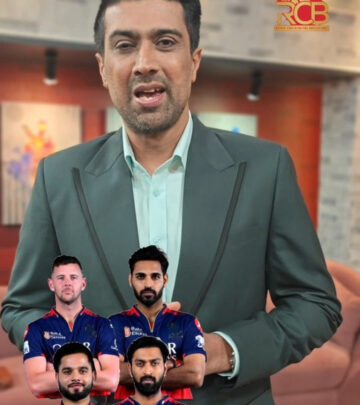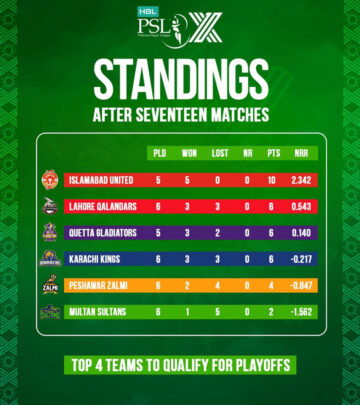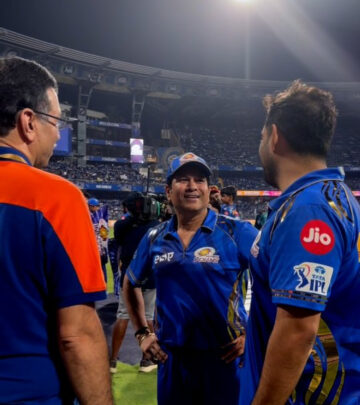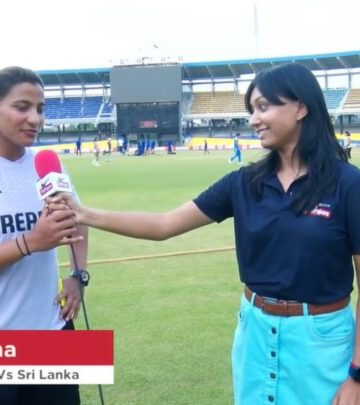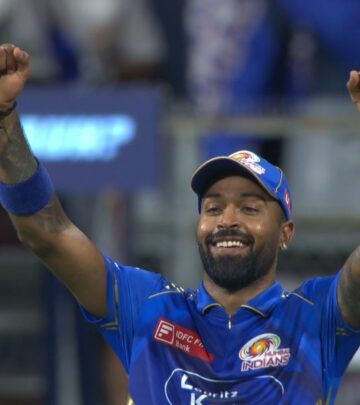The Exercise As Coach: Steffan Jones Reveals New Approach To Training Design
Former pro cricketer advocates implicit learning through exercise design rather than verbal instruction.
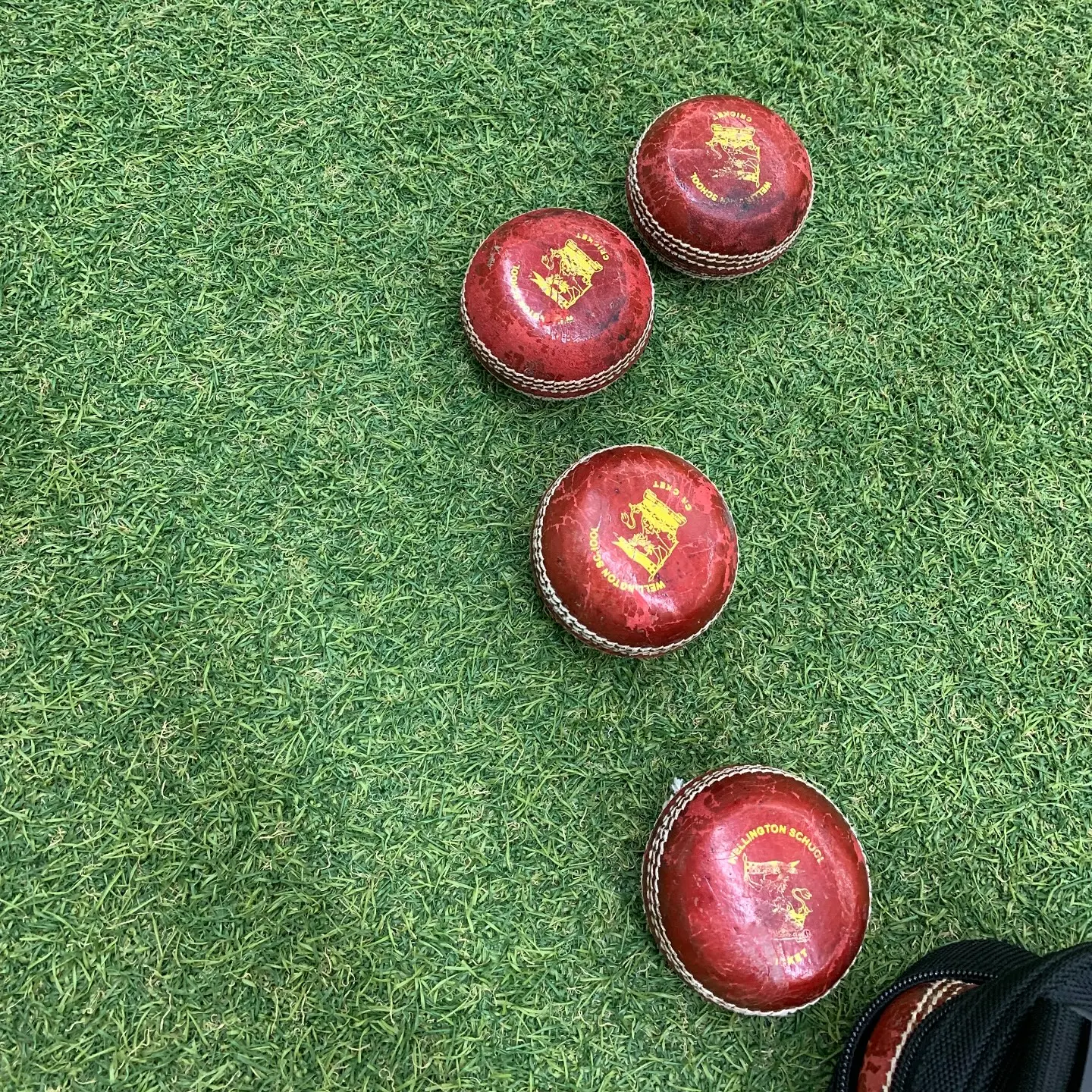
Image: Instagram
In a world where coaches constantly shout instructions from the sidelines, cricket coaching expert Steffan Jones is advocating for a radically different approach: letting the exercise itself do the coaching.
The former professional cricketer and founder of PaceLab, a specialized training system for fast bowlers, shared this innovative coaching philosophy in his latest Instagram post, emphasizing the power of implicit learning through intelligent exercise design.
The Power Of Implicit Learning
Jones’s post features the caption “Your coach ⌼” followed by “Design sessions where the exercise is the coach,” highlighting his belief that properly designed training sessions can provide athletes with immediate feedback without verbal instruction. This approach taps into the subconscious learning process, allowing athletes to develop skills more naturally and effectively.
The approach represents a significant shift from traditional coaching methods that rely heavily on verbal cues and explicit instructions.
The Pacelab Methodology
Jones’s PaceLab training system has been gaining attention in cricket circles for its science-based approach to fast bowling development. According to Jones, PaceLab doesn’t chase a “textbook model of technique” but instead provides a “rich learning environment where variability and adaptability are encouraged.”
In a recent post explaining the PaceLab methodology, he wrote: “Through intelligent constraint design, chaotic drills, and variable loading strategies, bowlers are exposed to diverse conditions and movement challenges.” This allows athletes to explore multiple movement solutions, refine their skill stability across environments, and build robust action capacities.
The former Somerset and Derbyshire fast bowler believes the best cricketers aren’t those with the most textbook techniques, but rather those who can perform effectively under any condition—on any surface, in any weather, with any limitation.
Data-Driven Approach
Jones’s coaching philosophy is heavily informed by data and sports science. His PaceLab system utilizes several proprietary metrics to monitor and enhance performance, including:
1. The PL Proxy (Player Load Proxy): A measure calculated by summing key outputs from the 1080 Sprint system during the bowling approach and delivery stride.
2. The BS:PL Ratio (Ball Speed to Player Load Proxy): A performance efficiency metric that reflects how much ball speed is produced per unit of biomechanical load.
3. AREG (Autoregulation of Exercise and Recovery): A system that uses feedback to guide training intensity based on an athlete’s readiness on any given day.
In one post explaining his AREG system, Jones writes: “Autoregulation isn’t about skipping work. It’s about making better decisions with better signals.” The system involves testing an athlete’s readiness before each session and adjusting the training plan accordingly.
Cricket Career And Expertise
Steffan Jones enjoyed a 14-year professional cricket career from 1997 to 2011, playing for teams including Somerset, Derbyshire, and Kent. Known for his pace and stamina, Jones took over 400 wickets across all formats of first-class cricket.
Since retiring as a player, Jones has established himself as a sought-after bowling coach, working with teams in the Indian Premier League and consulting with various cricket organizations worldwide. His expertise in fast bowling mechanics has made him particularly valuable in helping pace bowlers maximize their potential while minimizing injury risks.
Practical Applications
For coaches looking to implement Jones’s “exercise as coach” philosophy, his posts suggest several strategies:
1. Design drills with built-in feedback mechanisms that naturally guide correct movement patterns.
2. Create variable practice environments that challenge athletes to adapt rather than repeat identical movements.
3. Use constraints (like modified equipment or rules) that encourage specific solutions without explicit instruction.
4. Implement testing protocols that help athletes self-regulate their training intensity.
Jones believes this approach not only produces better technical outcomes but also develops more resilient, adaptable athletes who can problem-solve on their own during competition.
“We train fast, short, frequent—just like the game,” Jones explains in one post. “Submax training = submax bowlers. We build robustness through intensity, not mileage.”
As cricket and other sports continue to evolve, Jones’s innovative coaching methodology offers a compelling alternative to traditional instruction-heavy approaches, potentially revolutionizing how athletes develop their skills across various sports.
Read full bio of Joyce




